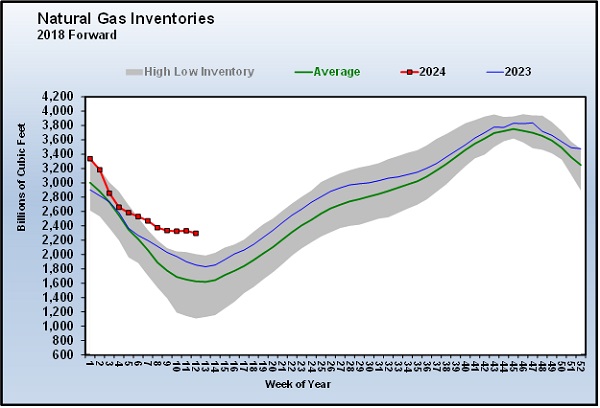Fossil fuel consumption down, but not out
For more than 100 years, fossil fuels have provided more than 80 percent of total U.S. energy consumption, according to the U.S. Energy Information Administration (EIA).
Since 1928, the three fossil fuels – petroleum, natural gas and coal – have been the most consumed fuels in the U.S., EIA says.
Though fossil fuels continue to be the dominant U.S. energy source, they have seen a marked drop in consumption in the last year. In 2016, fossil fuels accounted for 81 percent of total U.S. energy consumption – the lowest fossil fuel share in the past century, EIA says. This does not, however, spell disaster for fossil fuels.
The decline in fossil fuel consumption is due largely in part to the decline in coal usage. Despite increases in petroleum and natural gas usage, coal consumption fell nearly 9 percent in 2016, following a 14 percent drop in 2015, according to EIA. Overall, U.S. coal consumption has declined about 38 percent in the last decade, EIA reports.
The decrease in the use of fossil fuels is also attributed to the increase in the use of renewable energy sources. In 2016, the renewable share of energy consumption in the U.S. was 10.5 percent, according to EIA. The greatest growth in renewables over the past decade has been in solar and wind electricity generation, EIA says.
Despite the marked increase in renewable energy consumption and the decrease of coal as an energy source, fossil fuels still come out on top. Petroleum and petroleum-based fuels, such as propane, continue to be the largest source of energy consumption in the United States, EIA says.
















